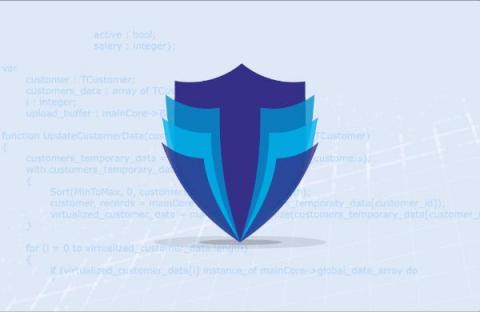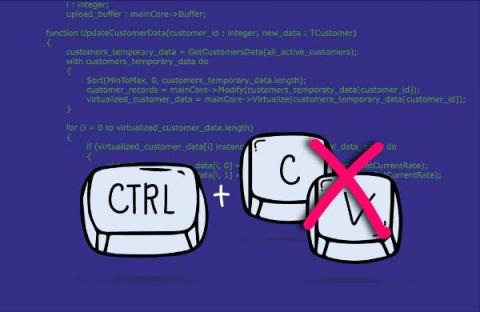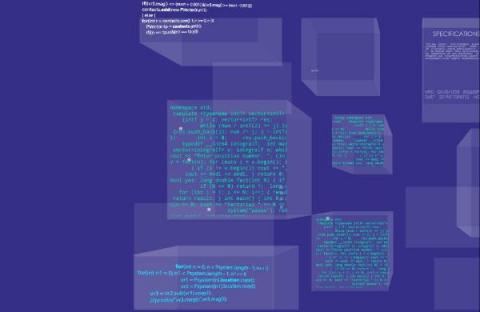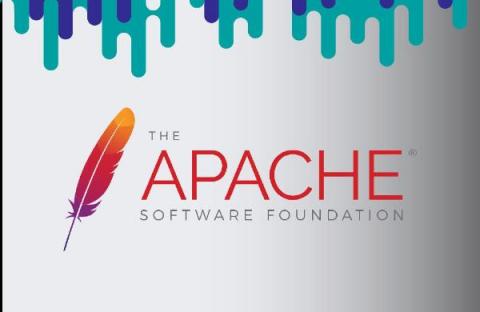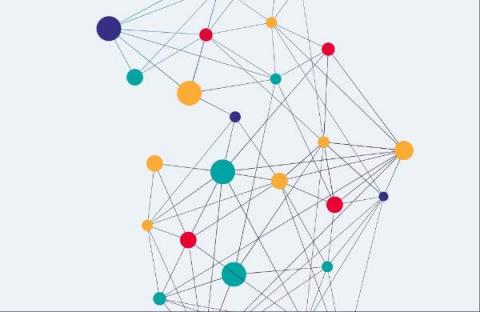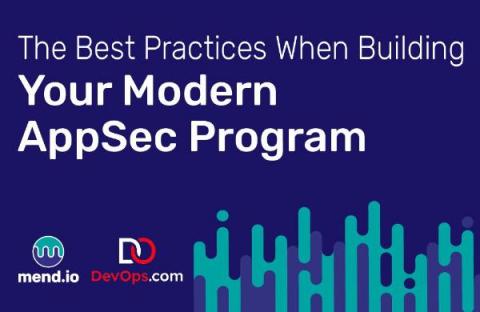The New Era of AI-Powered Application Security. Part One: AI-Powered Application Security: Evolution or Revolution?
Imagine the following scenario. A developer is alerted by an AI-powered application security testing solution about a severe security vulnerability in the most recent code version. Without concern, the developer opens a special application view that highlights the vulnerable code section alongside a display of an AI-based code fix recommendation, with a clear explanation of the corresponding code changes.



